HDR, 8K and beyond: 5 monitors that lit up CES 2017
Bigger, sharper, curvier
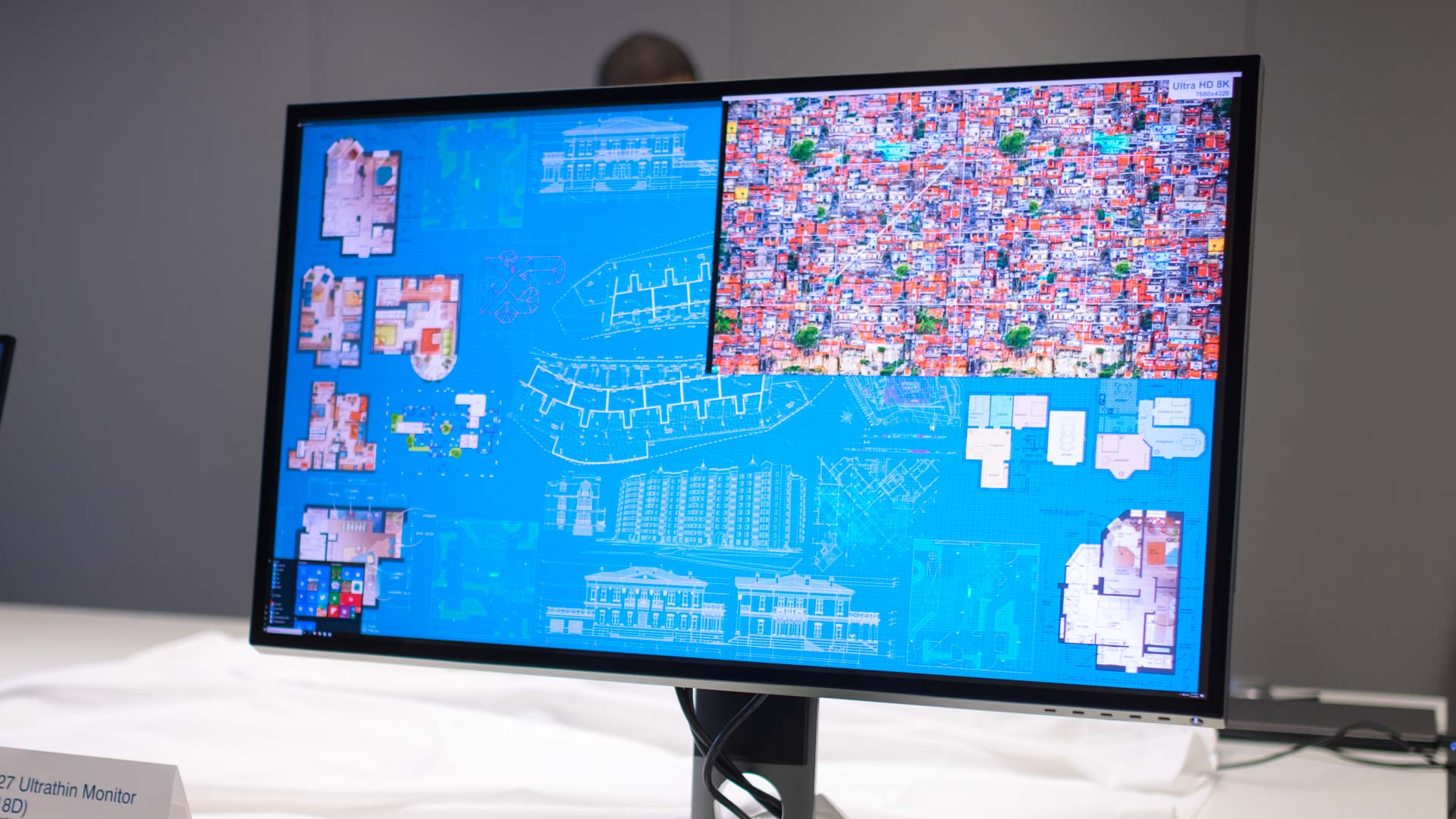
Although you could argue that gaming laptops stole the show at CES 2017, it’s the monitor category that made us really sit up and take notice.
Whatever innovation you can think of from a few years back – be it 4K, 21:9 or curved – a new model emerged in Las Vegas this year that took it to the next level.
From vibrant HDR-equipped monitors to pinsharp 8K panels and monster ultrawides, the hardware on show left no doubt in our minds that the next evolution of display tech has well and truly arrived.
Continue reading to check out some of the models that caught our attention.
- Will they join our list of the best monitors?
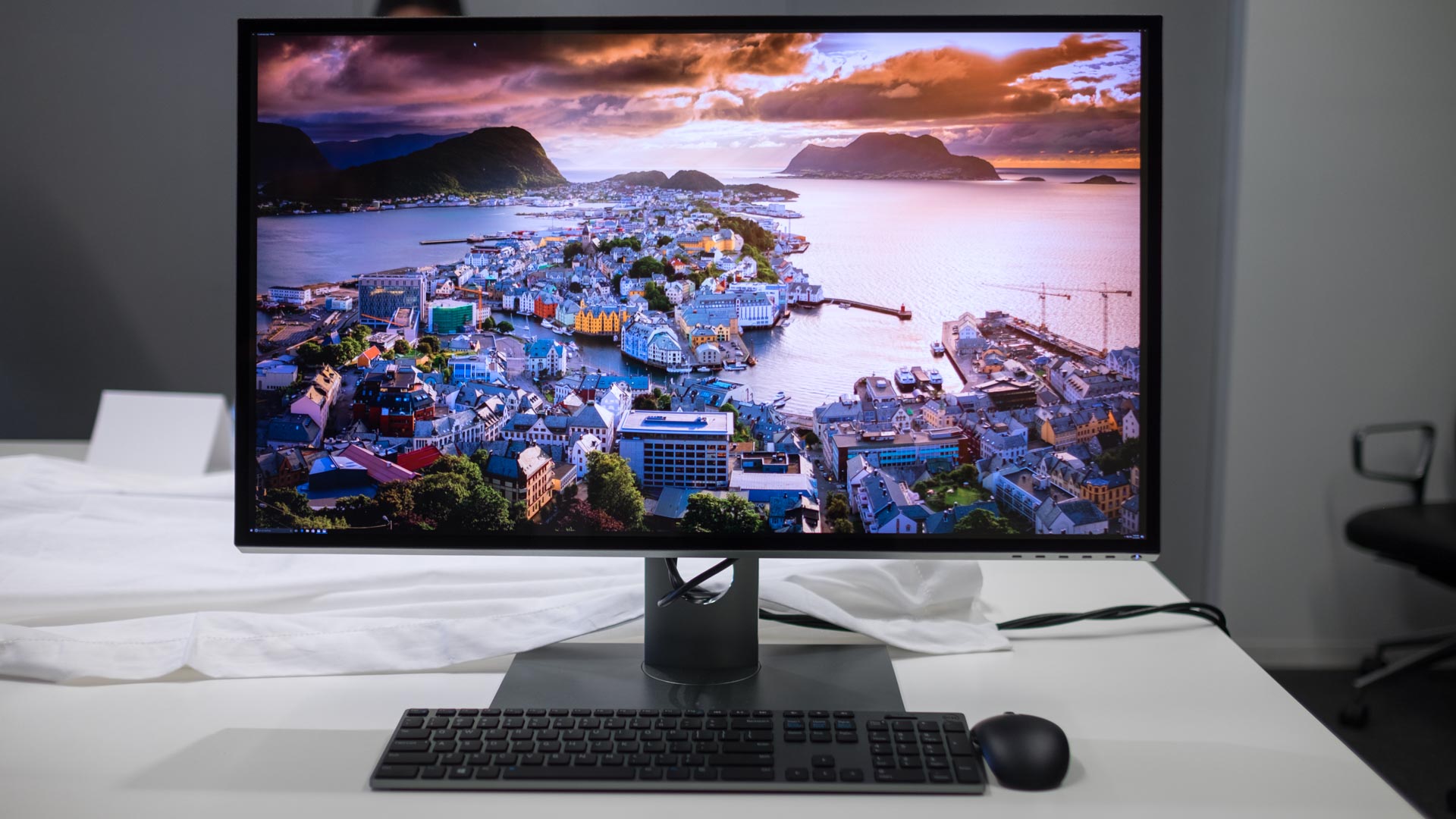
1. Dell UltraSharp 32
It always seemed like a case of when 8K monitors would arrive, rather than if. That time is now, and the first of the lot – Dell’s UltraSharp 32 – is a stunner.
Boasting a pixel-resolution of 7,860 x 4,320, it serves up 16 times the number of pixels as a 1080p monitor. Of course, that means it should prove a dream for video editors who work with 4K (or 5K, and above) footage, and image editors will be able to edit huge files in massive detail.
There’s no word on the Dell’s brightness levels or color gamut coverage just yet, but we know that it supports a 1,300:1 contrast ratio, 1.07 billion colors, a 60Hz refresh rate and costs a hefty $4,999 (around £4,070 or AU$6,960).
Get daily insight, inspiration and deals in your inbox
Sign up for breaking news, reviews, opinion, top tech deals, and more.
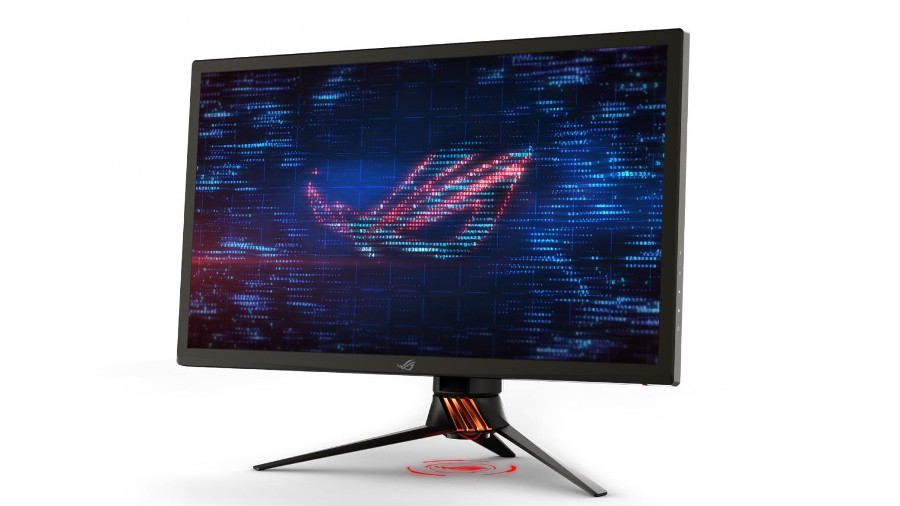
2. Asus Swift PG27UQ
Another ‘first’, the Asus ROG Swift PG27UQ is, according to its marker, the first 4K monitor with a 144Hz refresh rate.
Something that has only featured on QHD monitors at the high-end so far, it should provide the ultimate combination of eye-candy, high responsiveness and smooth frame rates – if gamers have the PC to power it.
The PG27UQ also boasts G-Sync and supports high dynamic range (HDR) for a more vibrant picture. And that’s not all – the monitor supports the DCI-P3 color space, which has 25 per cent wider colors than the sRGB color standard. Connectivity is also impressive thanks to two DisplayPort 1.4 connections and one HDMI port.
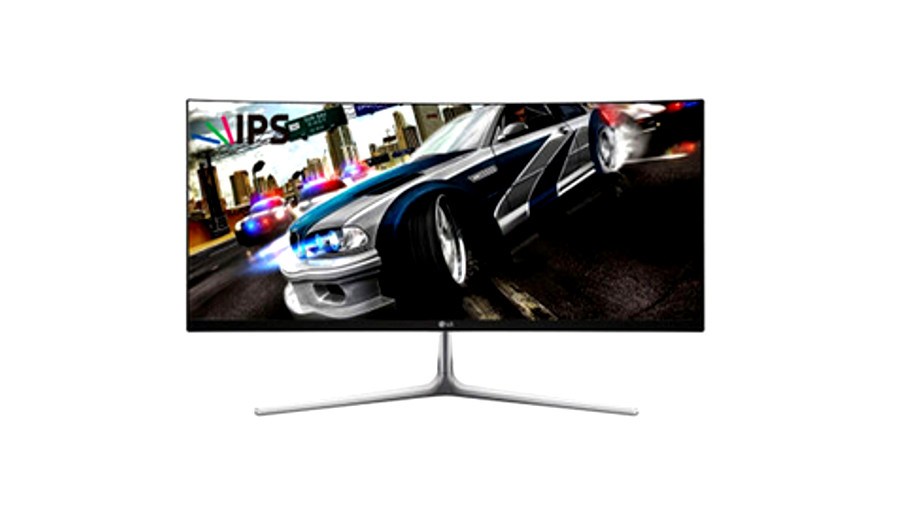
3. ViewSonic VP3268 - 4K
We’re suckers for cinematic monitors, having upgraded from 2,560 x 1,080 to 3,440 x 1,440 pixel-resolution models in recent years.
The ViewSonic VP3268 doesn’t sport a 21:9 aspect ratio, instead having an ultra (ultra?) wide 24:10 aspect ratio instead. Featuring a 31.5-inch display, it boasts a substantial 3,840 x 1,600 pixel-resolution, which gives you the same amount of horizontal screen real-estate as a 4K monitor while serving up more vertical space then QHD.
This curved monster will prove a boon for video editing and working with a zillion documents side-by-side, but we’re really excited about its gaming potential. Short of strapping on a VR headset, it’s hard to imagine more immersive gameplay experience.

4. Samsung CH711
Samsung’s CH711 is available in 27- and 31.5-inch sizes and totes a more conventional 2,560 x 1,440 pixel-resolution. This sleek white monitor wouldn’t look out of place in any desk, and gamers should take note of its quantum dot display tech that allows for fast response times.
It should also come in handy for designers as you can rotate the display to a vertical orientation, making it perfect for working with documents in portrait mode.
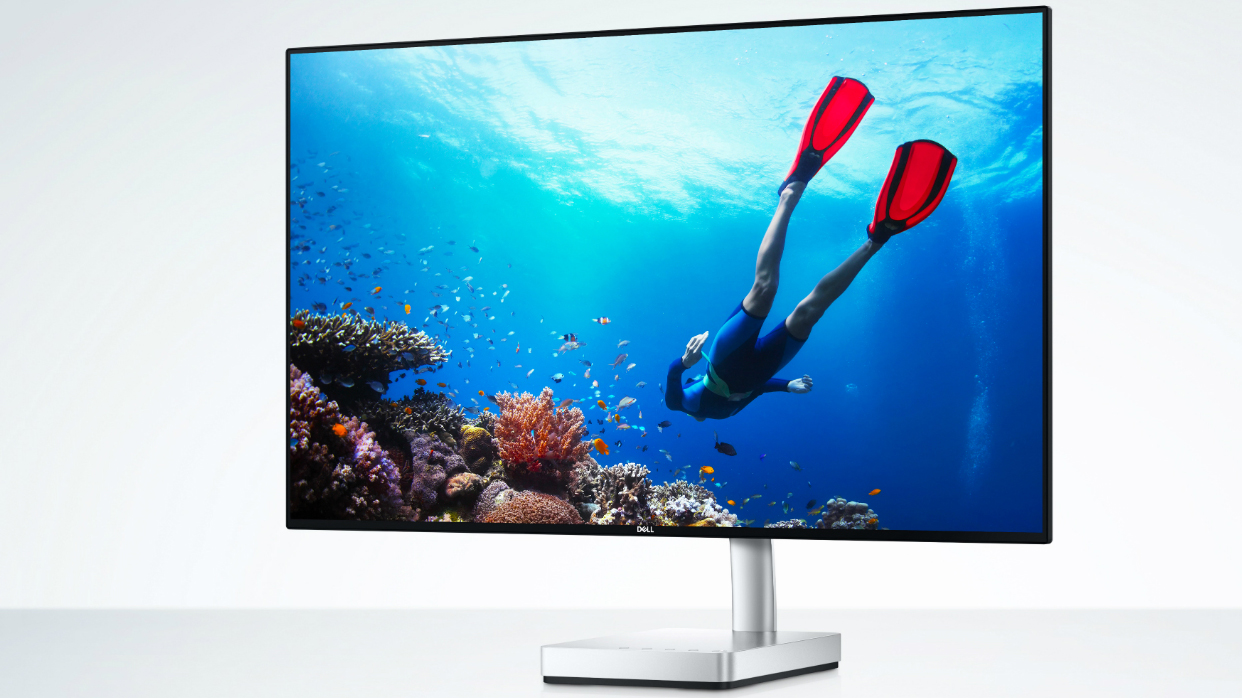
5. Dell 27 Ultrathin (S2718D)
Of all the monitors from CES this year, Dell’s 27 Ultrathin (S2718D), which sports thin bezels much like the company’s XPS laptops, is the most interesting if you’re purely looking at its construction.
Its maker claims that the monitor has the “world’s overall thinnest profile”, and with an edge that measures just 6.9mm in thickness, we’re inclined to believe it. Dell has achieved the feat by moving most of the monitor’s guts into its silver base, which features a row of buttons and LEDS that you would usually find on the side or around the back.
The Ultrathin isn’t a one-trick pony though – it supports HDR and covers 99% of the SRGB color gamut. Elsewhere there’s a USB-C connection with power support, HDMI 2.0 for connectivity and audio out.
